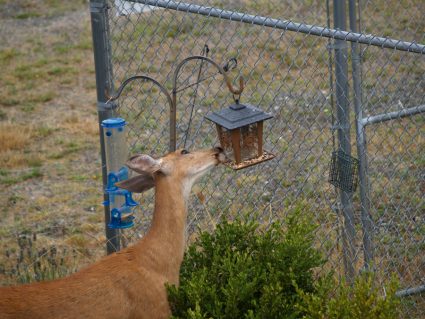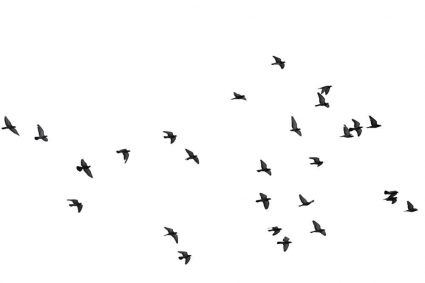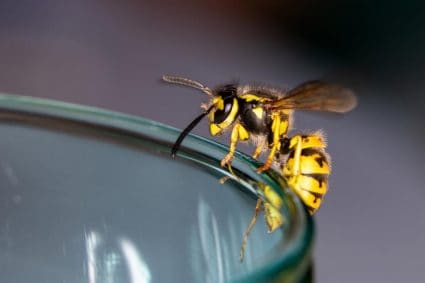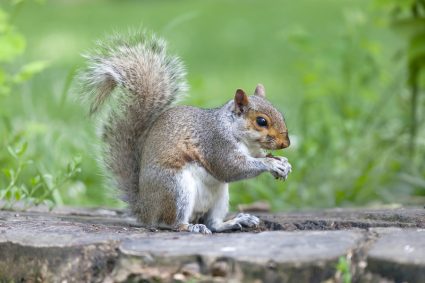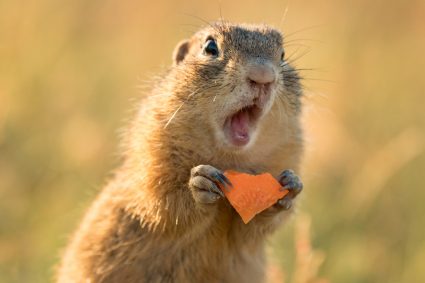
Northern Flickers, also known as Flicker Birds, are medium-sized woodpeckers that are admired for their handsome black-scalloped plumage and distinctive red or yellow wing shafts. However, these birds can cause problems for homeowners, from pecking on homes to causing significant physical damage to buildings. This comprehensive guide will provide you with detailed information and practical solutions on how to deter Flicker Birds from your property.
To deter Flicker Birds from your property, you can use a combination of bird deterrents and exclusion methods. These include providing alternative nesting sites, using netting or reflective objects, placing predator decoys, and using sound deterrents or bird spikes. Additionally, there are numerous effective tools and products available, such as bird deterrent flashers, scare devices, optical gels, and bird hazing devices. It’s essential to monitor the situation and adjust your strategies as needed for the best results.
Identifying Flicker Birds
Before we dive into the solutions, it’s essential to know how to identify these birds. Flickers are fairly large woodpeckers with a slim, rounded head, slightly downcurved bill, and long, flared tail that tapers to a point. Their coloration varies based on their type – yellow-shafted or red-shafted. They also produce loud, repeated calls such as “flicker” or “wicka-wicka-wicka” and short bursts of drumming, which can be heard in spring.
Problems Caused by Flicker Birds
Flicker Birds can cause several issues for homeowners, such as:
- Pecking on homes: Flickers may peck on homes for various reasons, such as broadcasting their territory or attracting a mate.
- Physical damage to buildings: Flickers can cause significant damage to buildings, resulting in costly repairs.
- Insect infestation: If Flickers are pecking holes in your siding, it could be an indication that you have an insect infestation.
- Noise: Flickers can create loud drumming noises when they peck on gutters, metal pipes, or siding, which can be irritating for homeowners.
Natural, Non-Harmful Ways to Deter Flicker Birds
There are several natural and non-harmful ways to deter Flicker Birds:
- Provide alternative nesting sites: Install an appropriately sized birdhouse with the entrance hole size and interior dimensions that Flickers prefer.
- Use netting: Hang netting, like the ones used to protect fruit trees, on your house to prevent Flickers from gaining access.
- Reflective objects: Hang shiny objects like CDs, foil strips, or reflective tape near the areas where Flickers are pecking.
- Decoys: Place decoys of predators, such as owls or hawks, near areas where Flickers visit frequently.
- Sound deterrents: Use sound-activated devices to scare the birds away.
- Bird spikes: Install bird spikes on surfaces like window sills, ledges, and eaves to make it difficult for Flickers to land.
Effective Tools and Products
There are several products and tools that have been proven effective in deterring Flicker Birds:
- Bird Deterrent Heavy Duty Woodpecker Flasher
- Scare devices: Hawk silhouettes, mirrors, plastic strips, and pinwheels.
- Optical Gel
- Visual Bird Deterrents: Decoy owls, reflective and holographic devices such as scare tape, bird scare eye balloons, and fly away lasers.
- Bird Banisher
- FireFly WM Bird Hazing Device
- Bird Gard
Maintaining a Flicker Bird-Free Property
To maintain a Flicker Bird-free property in the long term, you can use a combination of bird deterrents and exclusion methods. These include bird repellent, bird netting, visual deterrents, audio deterrents, bird spikes, habitat modification, and predator decoys.
Remember that the effectiveness of these methods may vary depending on the bird species and the specific conditions of your property. It’s essential to monitor the situation and adjust your strategies as needed. Combining multiple deterrents and exclusion methods will likely yield the best results in maintaining a bird-free property in the long term.
In conclusion, while Flicker Birds can be a nuisance, there are several effective methods available to deter them from your property. With the right combination of techniques, you can protect your property from these birds while still enjoying their presence from a distance.
Frequently Asked Questions
What is the preferred size of a birdhouse for Flicker Birds?
Flicker Birds prefer birdhouses with an entrance hole diameter of approximately 2.5 inches and interior dimensions of 7x7x24 inches. The birdhouse should also be placed at a height of about 6 to 20 feet from the ground.
How do sound-activated devices work as a deterrent for Flicker Birds?
Sound-activated devices work by emitting a sudden, loud noise when triggered by the bird’s movement or sound. This can startle the bird, causing it to fly away from the area.
Are there any legal considerations when deterring Flicker Birds?
Yes, it’s important to note that Flicker Birds are protected under the Migratory Bird Treaty Act in the U.S., which makes it illegal to harm or kill them. Therefore, any deterrence method should be humane and non-lethal.
What type of insect infestation might attract Flicker Birds to my house?
Flicker Birds are attracted to insects like ants, beetles, and termites that live in wood or trees. If these birds are pecking holes in your siding, it could indicate that you have an infestation of these insects.
How often should I replace or move the decoys and reflective objects?
The frequency of replacing or moving decoys and reflective objects can vary, but a good rule of thumb is to do it every few weeks. This is because Flicker Birds can become accustomed to these deterrents over time, reducing their effectiveness.



